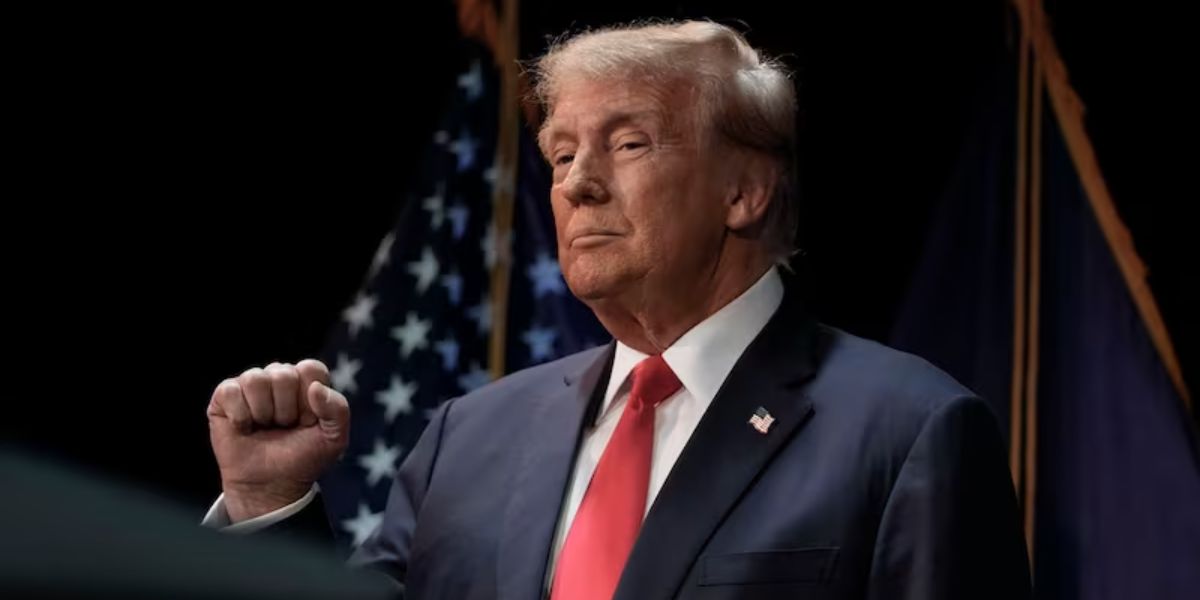Donald Trump secured the last outstanding delegate in New Hampshire, resulting in a 13-9 delegate lead over former U.N. Ambassador Nikki Haley in the state. The Associated Press assigned the final delegate based on the latest vote results from the January 23 primary, adhering to the state’s distinctive rules for Republican delegate allocation.
Unlike the Democratic primaries, where most states follow a uniform procedure for delegate allocation, Republican rules vary across states. In New Hampshire, 22 Republican delegates are distributed proportionally based on statewide primary results.
For instance, a candidate securing 50% of the primary vote would receive 50% of the delegates, equivalent to 11 delegates in this case. Candidates must obtain at least 10% of the primary vote to qualify for any delegates.
In New Hampshire, only Trump (with just over 54%) and Haley (with just over 43%) garnered more than 10% of the primary vote. While most states multiply these percentages by the total delegates at stake, New Hampshire employs a unique process.
The initial step is rounding the vote percentages to the nearest whole number—54% for Trump and 43% for Haley. These whole percentages are then multiplied by the total Republican delegates at stake, which is 22 in New Hampshire.
This calculation results in approximately 11.88 delegates for Trump (rounded to 12) and 9.46 delegates for Haley (rounded to 9), accounting for 21 of the state’s 22 delegates.
In New Hampshire, any unallocated delegates go to the top vote-getter, referred to as a “winner’s bonus,” which, in this case, is Trump. Following these rules, the final delegate allocation in New Hampshire is 13 for Trump and 9 for Haley.
To secure the Republican presidential nomination, a candidate must attain a majority of delegate votes (1,215) at the Republican National Convention in Milwaukee later this summer.
Trump currently leads Haley in the overall delegate count, 33-17, after Iowa and New Hampshire.












Leave a Reply